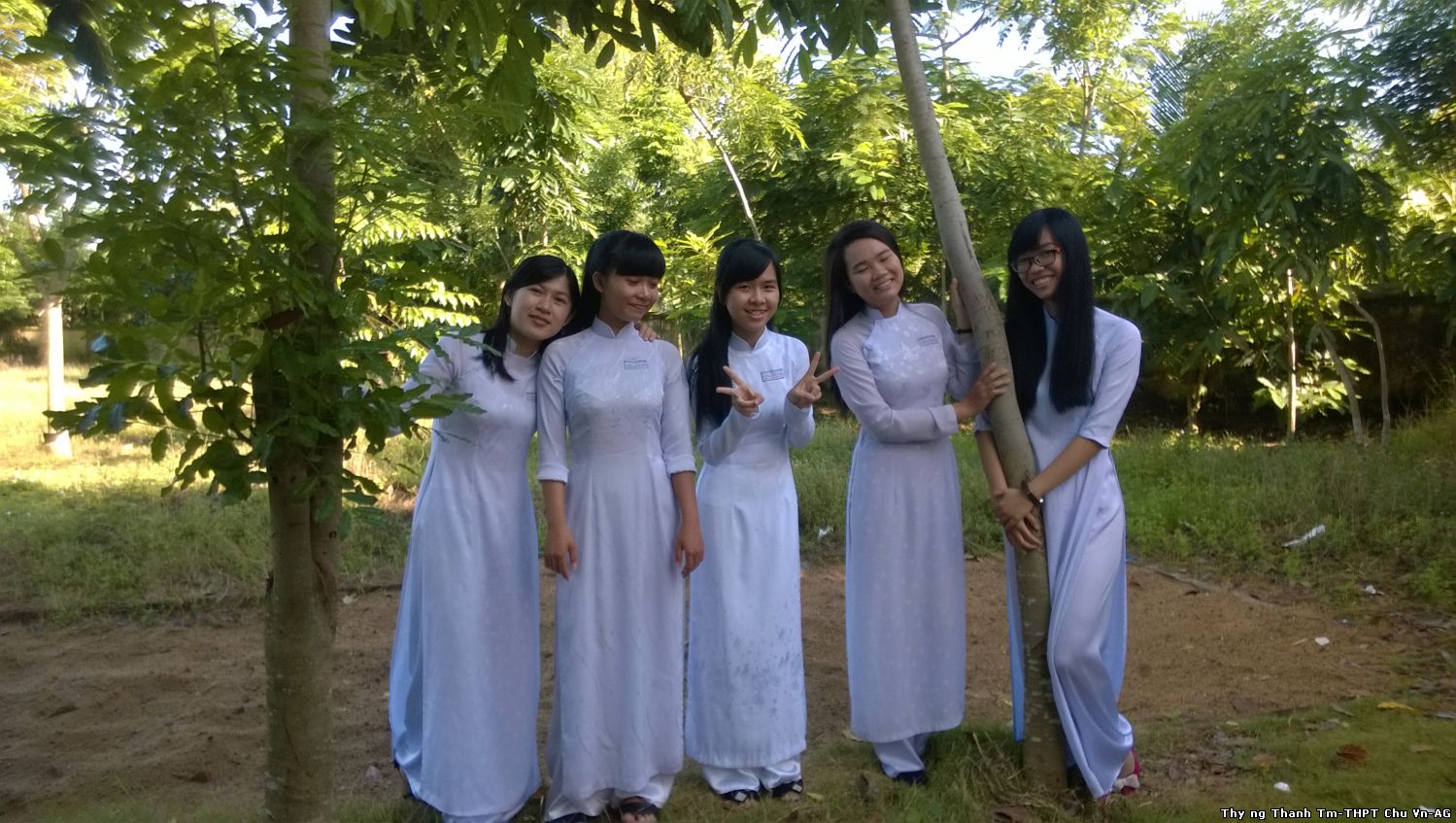 Bài học là các cấu trúc tiêu biểu sử dụng trong các cuộc họp, làm việc nhóm, đàm phán. Hy vọng sẽ giúp anh/chị giao tiếp linh hoạt hơn trong tình huống trên.
Bài học là các cấu trúc tiêu biểu sử dụng trong các cuộc họp, làm việc nhóm, đàm phán. Hy vọng sẽ giúp anh/chị giao tiếp linh hoạt hơn trong tình huống trên.
1. Các cách xin phép đưa ra ý kiến:
(Mister/Madam) chairman. - Chủ tọa
May I have a word? - Tôi có đôi lời muốn nói.
If I may, I think… - Nếu có thể, tôi nghĩ…/ theo tôi
Excuse me for interrupting. - Xin lỗi vì đã ngắt lời.
May I come in here? - Tôi có một vài ý kiến/ Tôi có thể nêu ý kiến/ trình bày ở đây ko?
Cách nêu ý kiến:
I’m positive that… - Tôi lạc quan là
I (really) feel that… - Tôi thật sự cảm thấy là
In my opinion… - Theo tôi/ Theo quan điểm của tôi
The way I see things… - Từ cách nhìn/ quan điểm của tôi,
If you ask me,… I tend to think that… - Nếu bạn hỏi tôi,… tôi nghĩ là
2. Đưa ra câu hỏi cho người nói:
Are you positive that…? - Bạn có lạc quan rằng…?
Do you (really) think that…? - Bạn có thực sự nghĩ là?
(tên thành viên) can we get your input? - Bạn có ý kiến gì ko? / Hãy cho chúng tôi biết ý kiến của bạn?
How do you feel about…? - Bạn nghĩ sao về…/ bạn cảm thấy…. như thế nào?
Đưa ra bình luận
That’s interesting. - Rất thú vị
I never thought about it that way before. - Trước đây tôi chưa bao giờ nghĩ như vậy/ theo cách đó
Good point! - Ý hay!
I get your point. – Tôi hiểu ý của bạn.
I see what you mean. - Tôi hiểu điều bạn muốn nói./ Tôi hiểu ý của bạn.
Biểu đạt sự đồng tình
I totally agree with you. - Tôi hoàn toàn đồng ý với bạn.
Exactly! - Chính xác!
That’s (exactly) the way I feel. - Đó chính là cách tôi cảm nhận/ đó chính là điều tôi nghĩ
I have to agree with (tên thành viên). - Tôi phải đồng ý với…
Biểu đạt sự bất đồng quan điểm (chú ý nói một cách lịch sự)
Unfortunately, I see it differently. - Thật ko may, tôi có cách nghĩ khác.
Up to a point I agree with you, but… - Tôi đồng ý với bạn, nhưng
(I’m afraid) I can’t agree. - Rất tiếc, tôi ko thể đồng ý/ ko có cùng quan điểm/ suy nghĩ
3. Đưa ra đề nghị
Let’s… - Hãy …
We should… - Chúng ta nên…
Why don’t you…. - Tại sao bạn không …?
How/What about… - Thế còn việc …?
I suggest/recommend that… - Tôi đề xuất/ gợi ý là…
4. Giải thích rõ ràng hơn một vấn đề
Let me spell out… - Để tôi giải thích/ làm rõ
Have I made that clear? - Như vậy đã rõ chưa?
Do you see what I’m getting at? - Bạn có hiểu điều tôi đang nói ko?
Let me put this another way… - Để tôi giải thích theo cách khác
I’d just like to repeat that… - Tôi muốn nhắc lại/ nhấn mạnh rằng